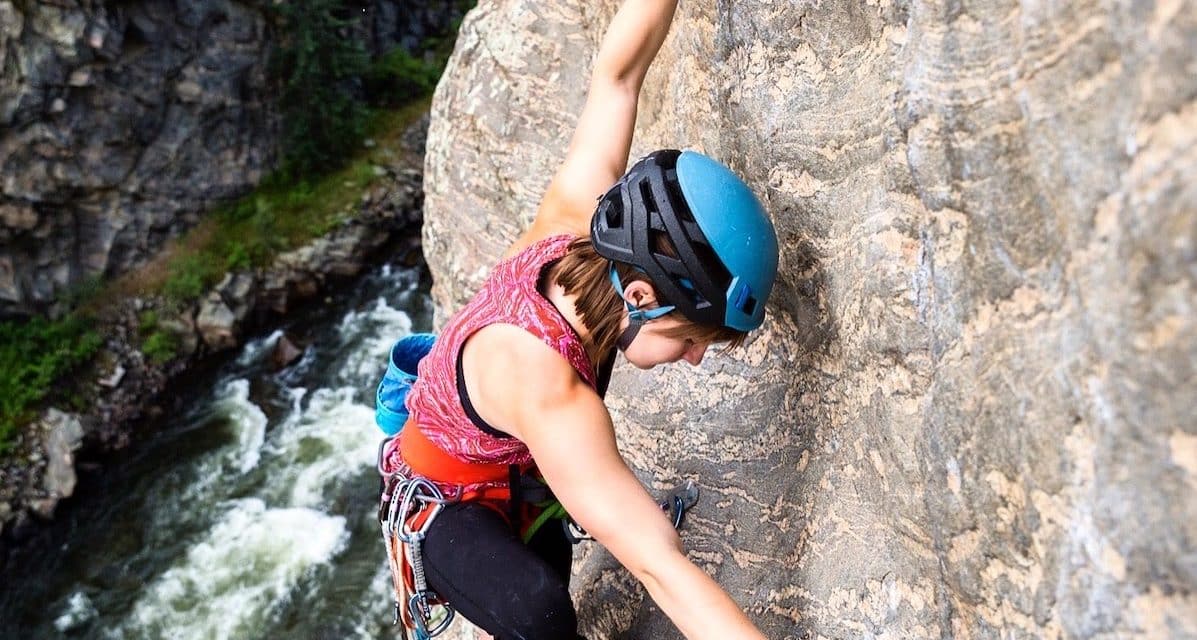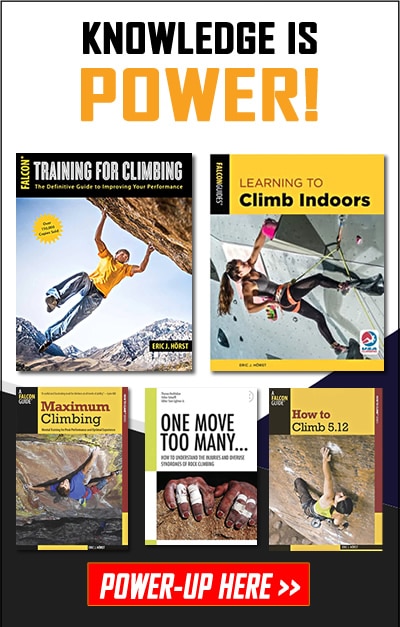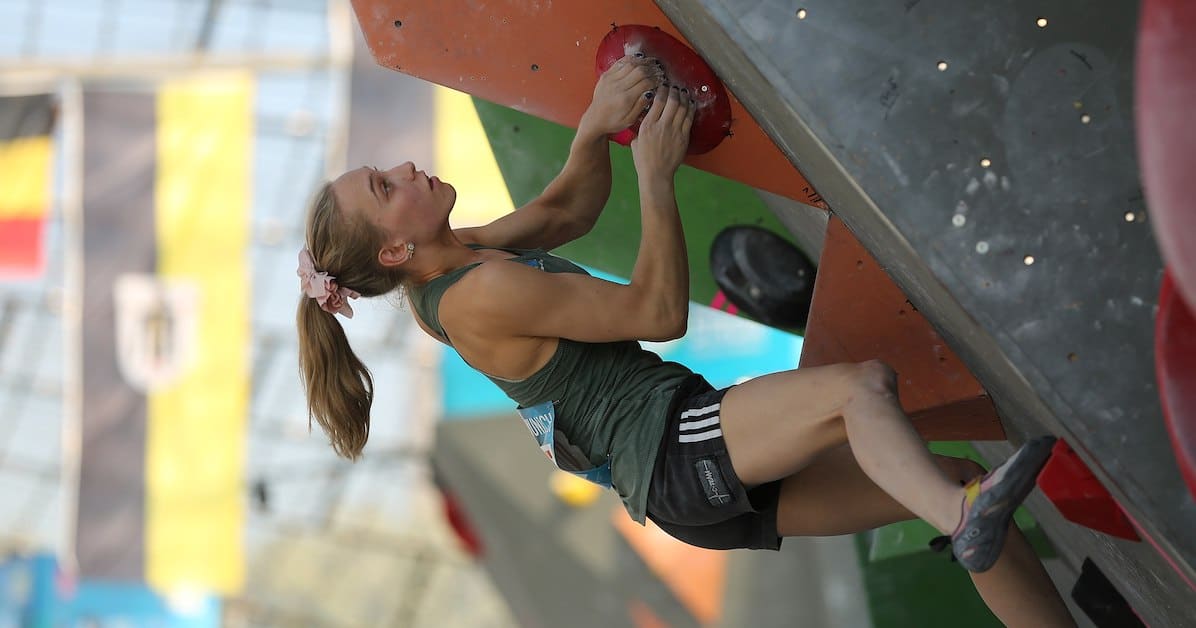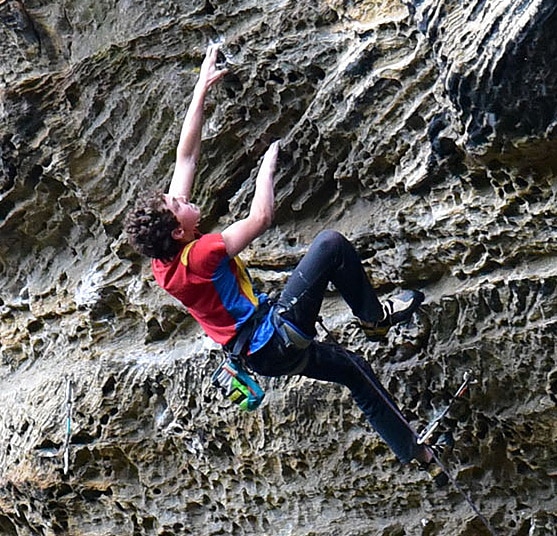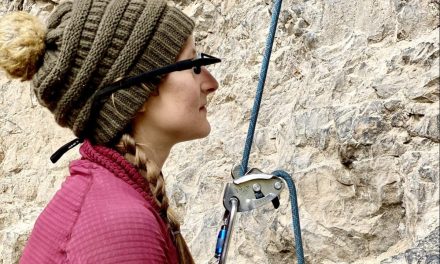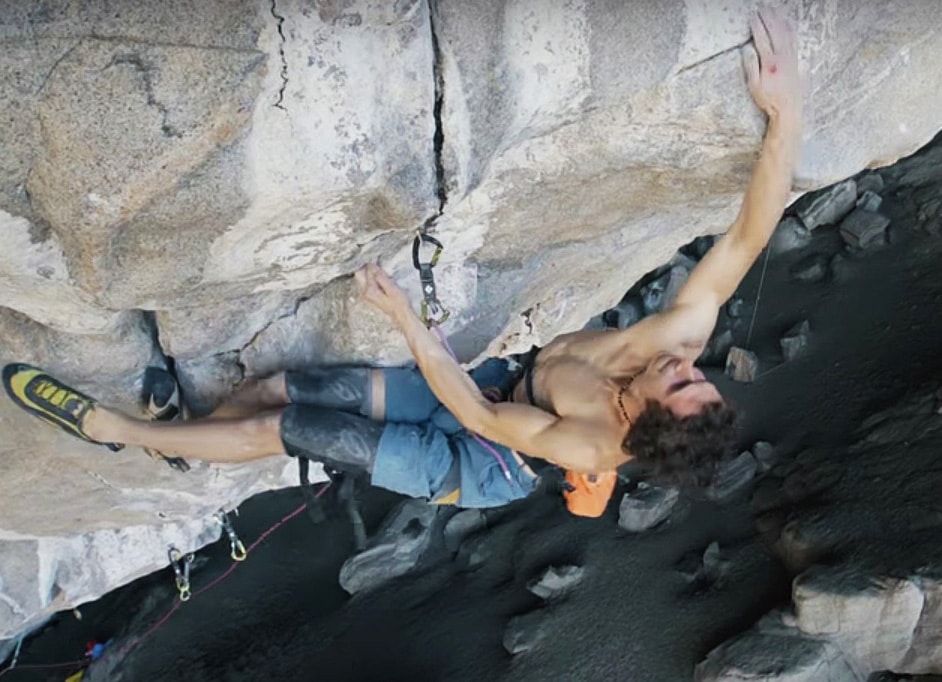A master climber is a well-rounded climber. Pursuing climbing mastery, then, demands that you diversify your climbing and accumulate a wide range of experiences on different styles, angles, and types of terrain. Learn how to do it…and take your climbing to the next level!
It’s all too easy for a climber to become a one-trick pony. Sometimes it feels like different types of climbing might as well be different sports entirely. Steep and powerful boulder problems, for instance, have very little in common with delicate and technical routes. They lie on completely opposite ends of the climbing spectrum.
There’s nothing wrong with having a strong suit. Most climbers have one or two specific styles that speak to them, where they feel especially proficient and confident on the rock. Different body types, interests, fears, locations, facilities, training partners, and other variables naturally translate to different strengths.
Escape the Cycle
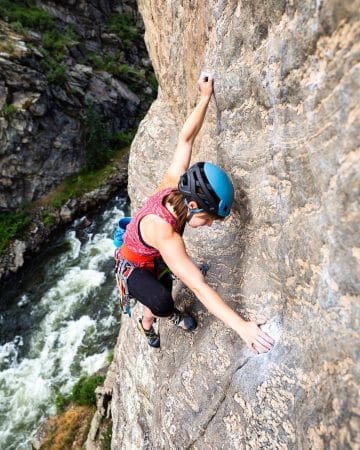
Include a range of terrain in your climbing lineup, from delicate slabs to steep roofs, to build a diverse skill set.
It only becomes a problem when climbers stay stuck in their comfort zone. It’s undeniably more fun to climb on the type of terrain that you enjoy the most and feel the strongest on, but that’s how the cycle starts. Strengths get stronger while weaknesses stay weak.
That’s fine if you plan to climb in the same way at the same place for the rest of your climbing life. You’ll rise through the ranks, become crag royalty, and feel stronger than ever…as long as you never leave.
But I’d venture to say that for most of us, climbing is just as much about adventure as it is about accomplishment. Limiting the scope of your climbing means writing off some of the most incredible climbing destinations and objectives in the world, just because they don’t match your style.
If you want to be a fully capable climber—not just a powerful boulderer who pumps out at the third bolt or a technical wizard who turns to jelly as soon as the angle kicks back—you need to diversify your skill set.
Embrace Expansion
Plus, you’ll notice other benefits beyond just widening your range of abilities. Very few climbs out there are truly one-dimensional. Even the steepest boulders often finish with a tenuous topout, and a route that’s 90% incut crimps could throw you off with a surprise sloper. A little diversification goes a long way in turning shut-down cruxes into manageable challenges. You might even find overlaps between different skill sets that give you a leg up, like a hand-jam rest on a face climb that only works because you’ve been training your crack technique.
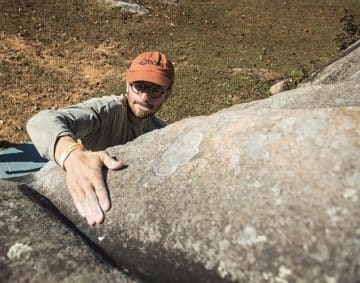
Prep for tenuous topouts with a variety of skills up your sleeve.
It’ll hurt, both your body and your ego. But feeling good all of the time won’t actually do you much good, because there’s less to learn from. Think of discomfort as a sign of expansion in the making.
Mix It Up
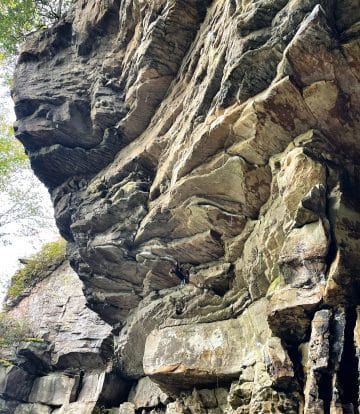
Go from vert to overhang without a hitch by including both in your training routine.
To start diversifying your skill set for climbing mastery, evaluate your regular routine. Do you always climb at the same crag or gravitate to the same area of the gym? What holds and angles do you spend the most time on? What styles and types of terrain characterize your hardest sends?
Then, consider the opposite. What crags or parts of the gym do you tend to avoid? What types of cruxes give you the most trouble? How would you describe your biggest struggles?
The best training plan finds a balance between strengths and weaknesses. There’s no need to cut yourself off from the types of climbs you excel on, but find deliberate ways to incorporate both. That could look like scheduling trips away from your home crag, setting different training focuses for each day of the week, or cycling through multiple skill sets as part of a larger training block. Spend at least half your training time doing something that makes your insides squirm. A training log where you track each day’s intentions versus actual practice can be a helpful way to hold yourself accountable. Or, stay motivated by setting goals in various categories, such as specific climbs of different styles that you want to work toward.
At the end of the day, climbing is a skill sport. Diversifying your training is the best way to build climbing mastery, to be prepared for any adventure or objective that comes your way.
Related Articles:
- 5 Tips for Improving Your Climbing Efficiency (and Climbing WAY Harder!)
- Tips to Climb Your Best on Weekend Outings or a Road Trip
- 40 Ways to Improve Your Training and Climbing!
- Accelerated Learning of Climbing Skills
Copyright © 2022 Lucie Hanes & Hörst Training LLC | All Rights Reserved.

